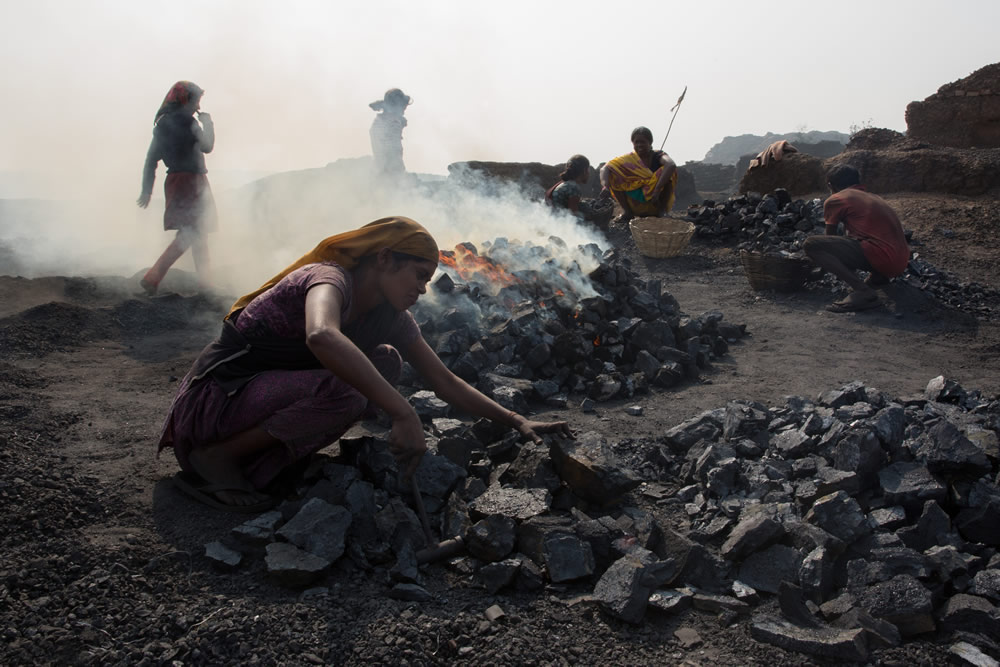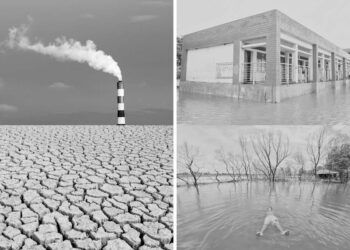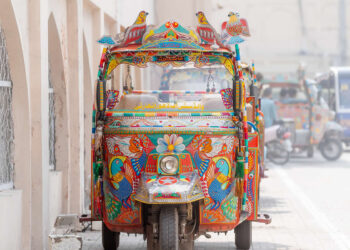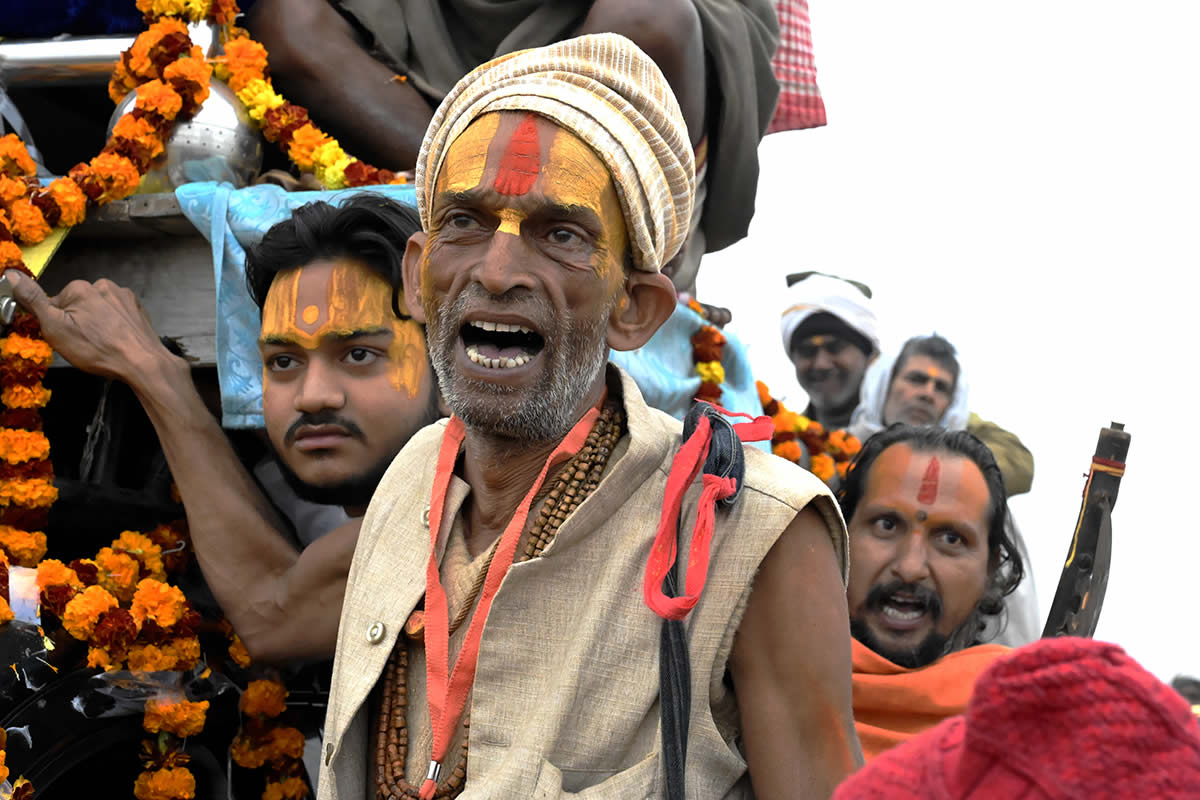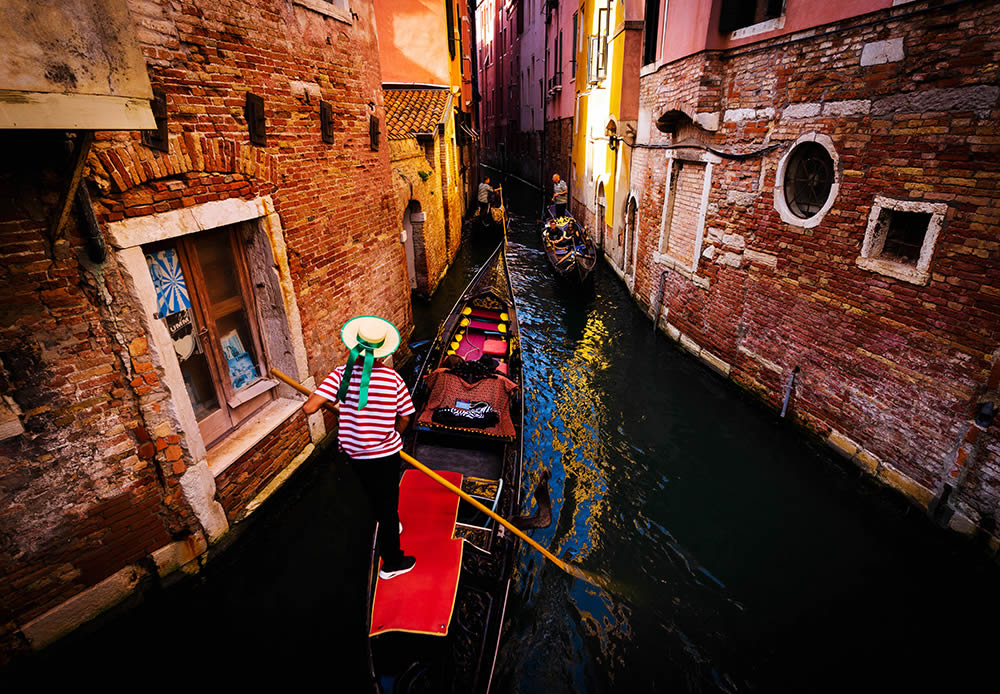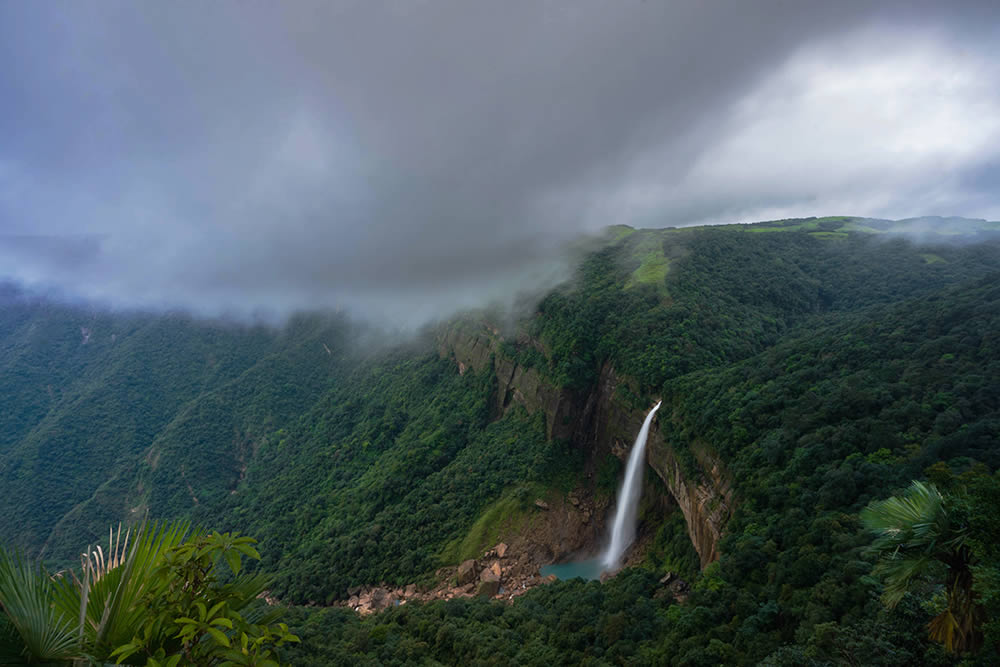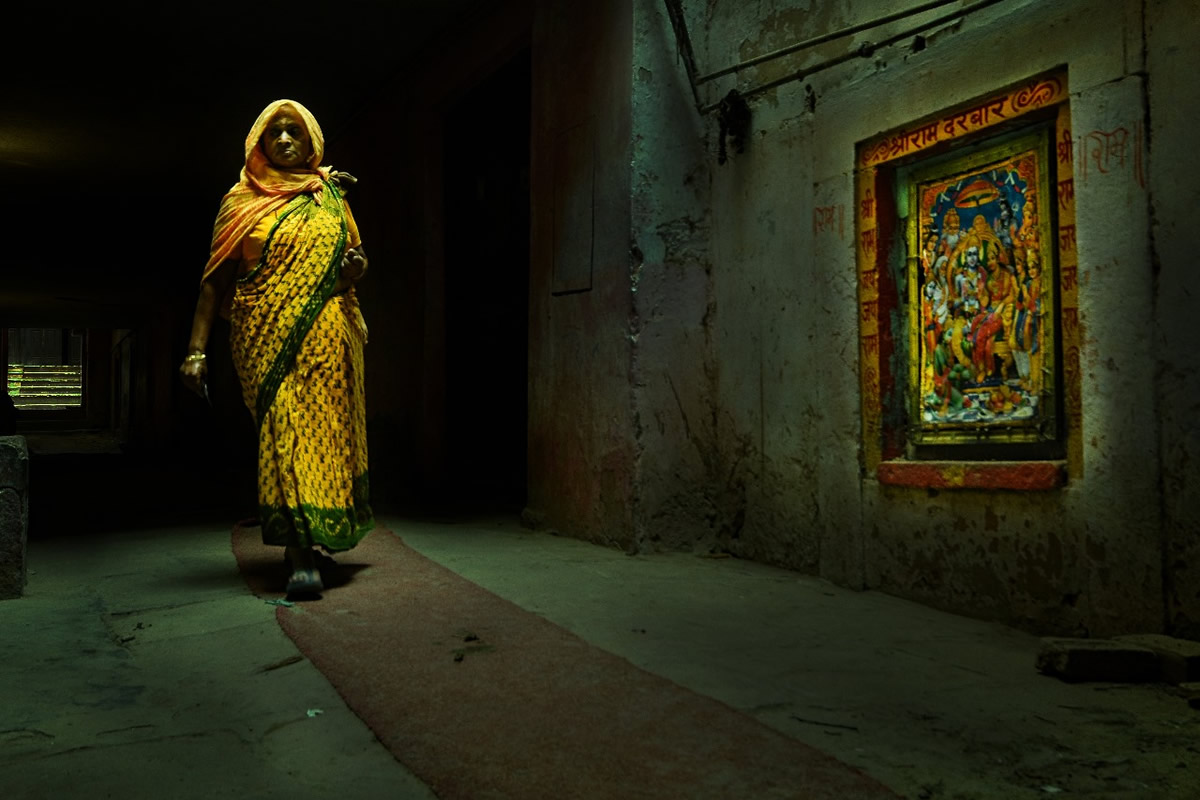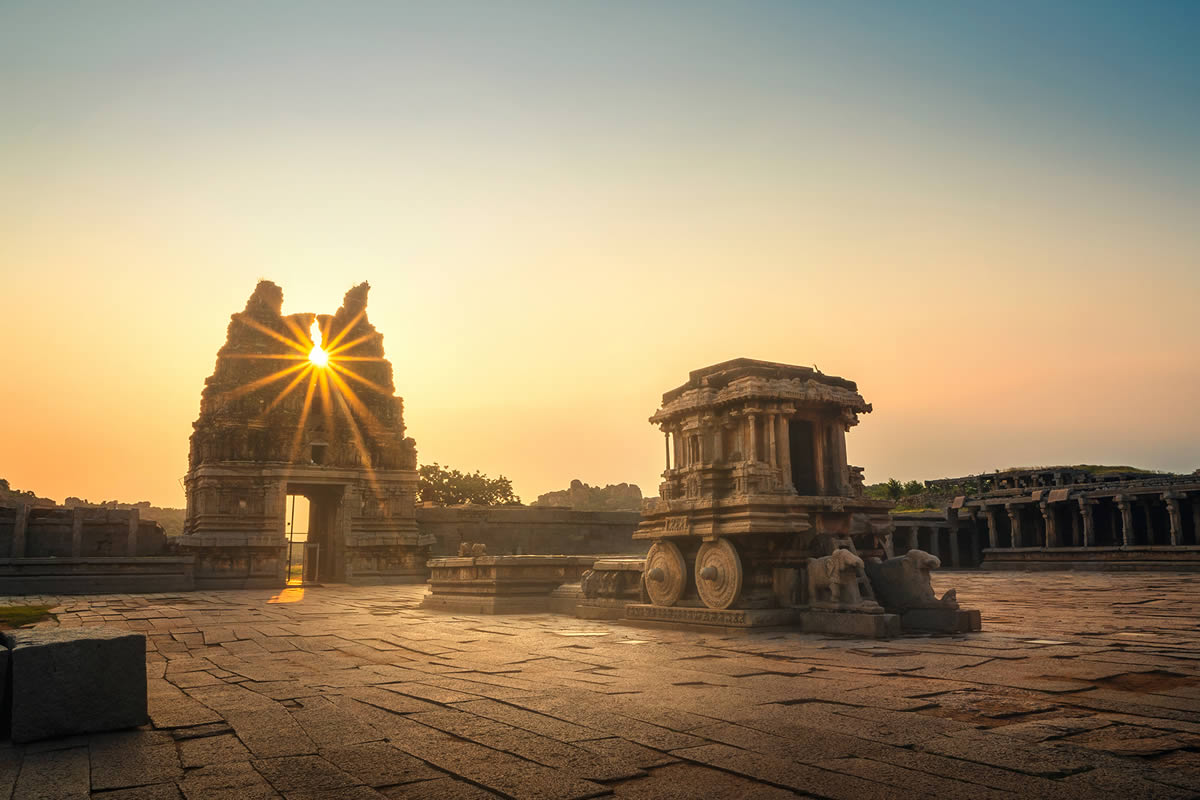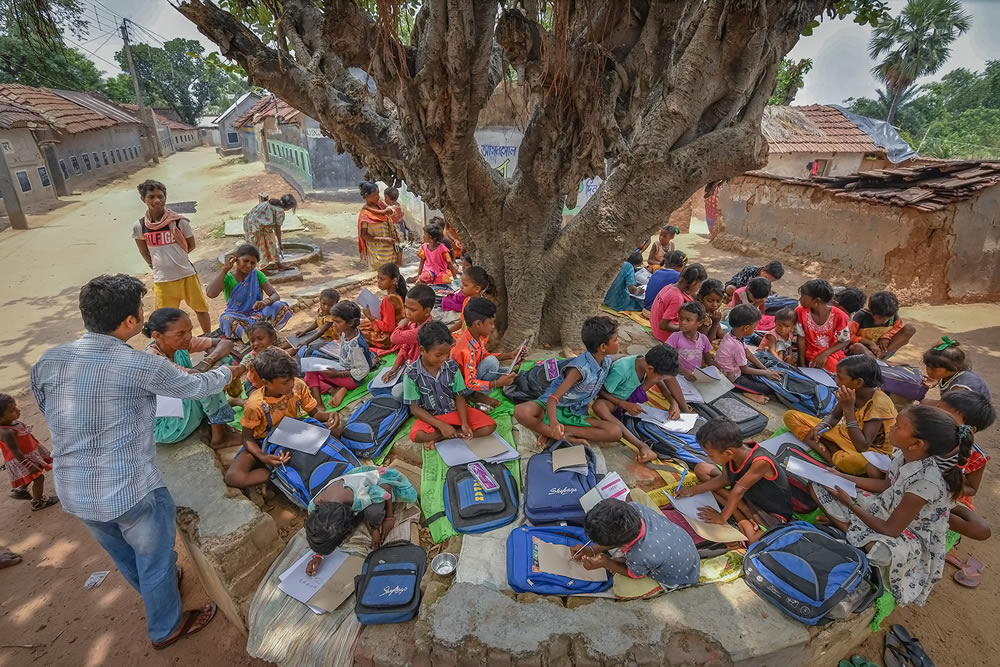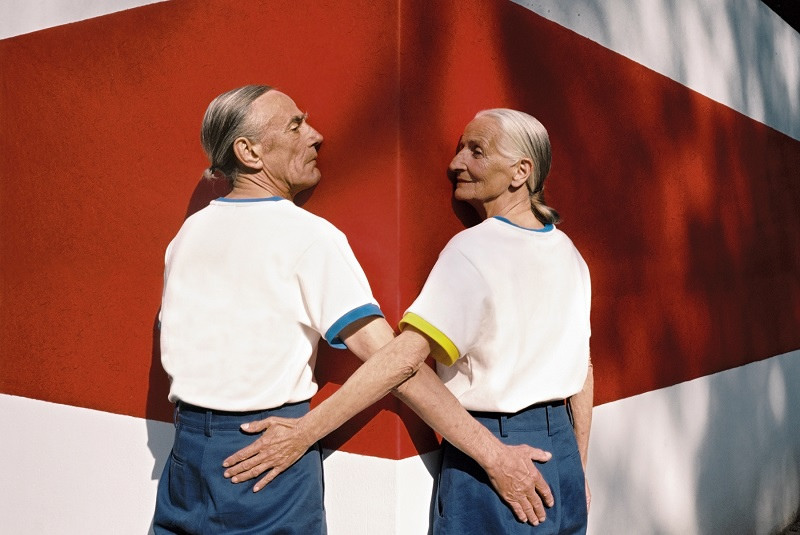I knew when I decide to go to India it will be for more than catching the site seeing and streets with my camera, I always look for something more I look for people who wants to be found. I basically was interested to search for women and children who do exceptional efforts by taking tough and unique jobs, and one of them is the mining. I wanted to see closely what they are doing and why they are doing it. Unfortunately that part of the word is not highlighted as it should be, I believe what appears to be life on fire needs to be more widely noticed from the world in a hope of change.
Will the fire ever stop?
Jharria (Jharia) is a small town near Dhanbad in the state of Jharkhand (Jharkhand is one of the largest and most productive of the coal fields in India it’s also home of one of the longest fires in the world.
About 600,000 people live on top of one of the largest deposits coal in Asia. The coal fire burned under the entire region for more than a century, It was believed that the first fire started in 1916 and it has been burning ever since.
Many of the fires are believed to have started through spontaneous combustion or what is sometimes called self-heating, caused by the oxidation of minerals in the exposed coal. Much of the mining at Jharia is done at the surface, exposing the coal to open air. Certain varieties of coal contain minerals that heat up when they are exposed to oxygen and can burst into flames.
Up to 97 % of the mining in Jharia is actually illegal since no licenses have been issued for the work. There, coal is mined everywhere in the villages, in the streets and on railway lines in the station itself. I have seen people mine on their doorsteps and inside their houses.
Although the residents complained of itching in their eyes and headache during emission of smoke from the mine fire, they refused to shift to the new houses in a new colony offered by the coal mine company as the houses being offered are not spacious enough to accommodate the entire families same time when the authorities of Jharia, gave many evacuation notes after the public sector declared it as falling in ‘danger zone’.
A large number of the existing scavengers in the coal mining are women and children. The women and girls of all ages has accepted their fate to work in the coal mining to support their families or even to support themselves. These girls belong to a very simple family and live in poor villages, after a certain age between 18-19 years they usually get married.
several hours a day in the morning are dedicated to work in the coal field before they have to go to their schools or universities, I don’t think they realize how tough and cruel this daily job they are obligated to do. But there is simply no escape from it since they do not know any other way to make a living. 5-6% of them succeeds in their studies and manage to get themselves out of there to have better future.
These girls has accepted the damage that caused them to have another layer of black skin from this black dust that hides beneath their femininity, the black dust that took me days to remove from my fingers after the end of my trip and all I had to carry was only my camera.
These inevitable toxins inhaled by children from the moment they wake up until they go to sleep every time they walk trustingly over this cracked ground with unbearable flames and heat coming out of it that it feels like it’s reaching to your lungs.
I don’t think they know how dangerous this ground they run on it merrily like a big playground not caring that they may fall like many others who have fallen in that hell and lost their lives.
I am not sure if they realize that what the weight of coal they carry approximately 40 kg per shift for hours playfully, an adult may not be able to handle it with the same smile printed on his face.
Despite the persistent complaint of itching in the eyes and headaches during the smoke emissions from charcoal fire, they refused to move to new homes in new housing complexes provided by the coal mine company they prefer to stay near the fire despite the coal dust and air pollution that makes breathing impossible. Although land and houses continue to collapses, air contains the toxic fumes affect the health tremendously, harm the lungs and causes skin diseases, cancer, and stomach disorders. There is no way out to those people but to continue their lives in the hope that one day the fire will stop.


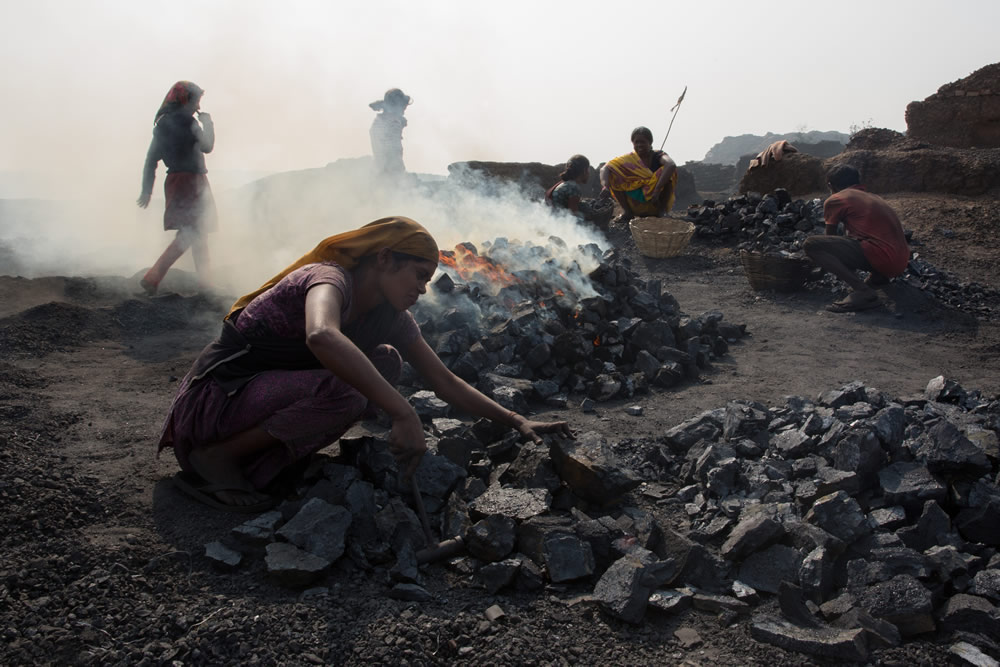
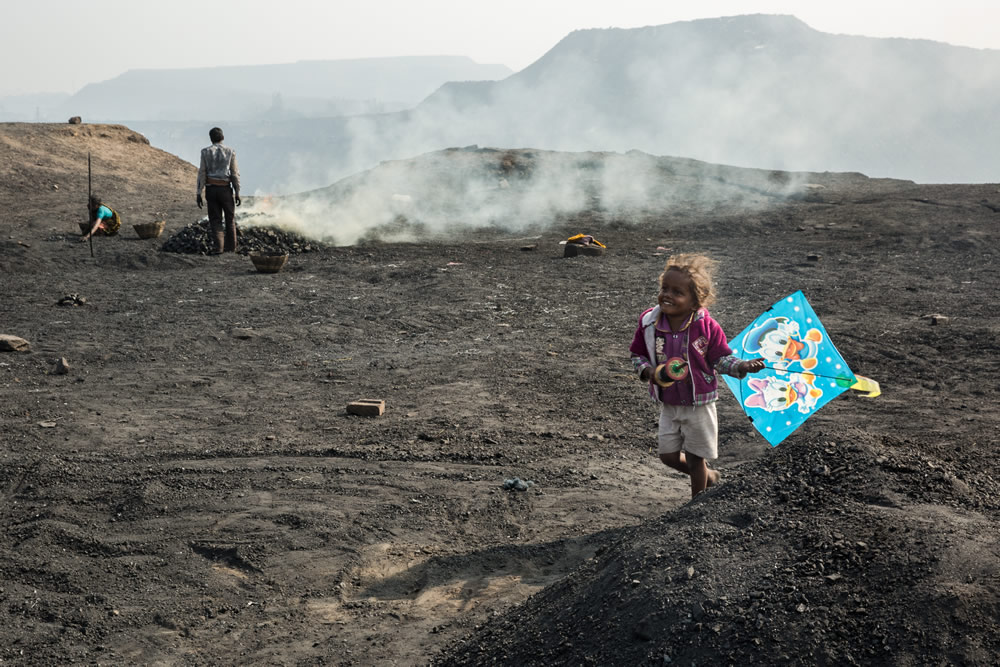
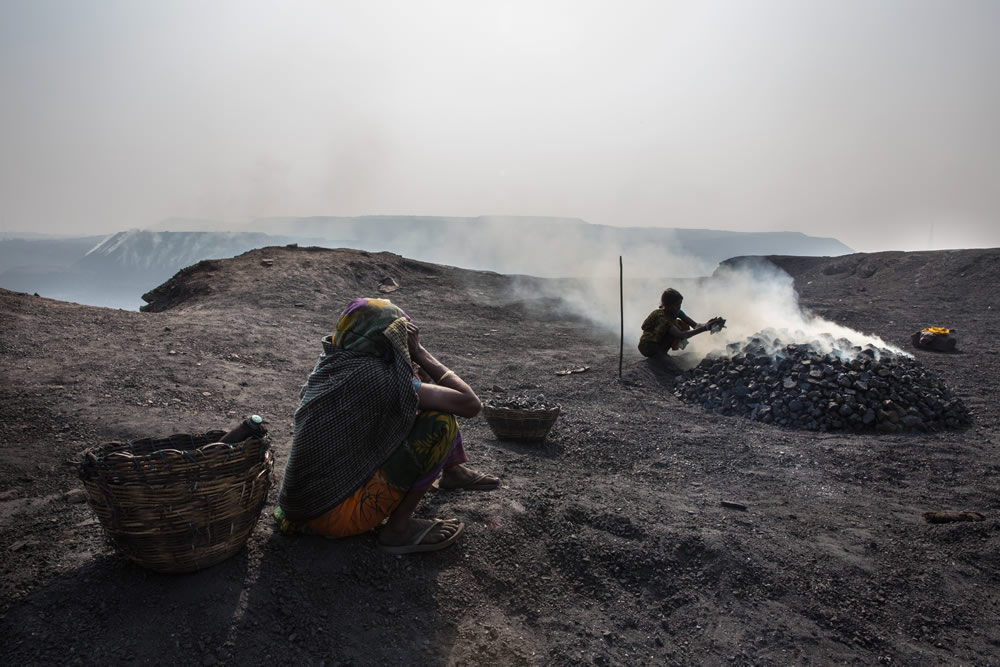

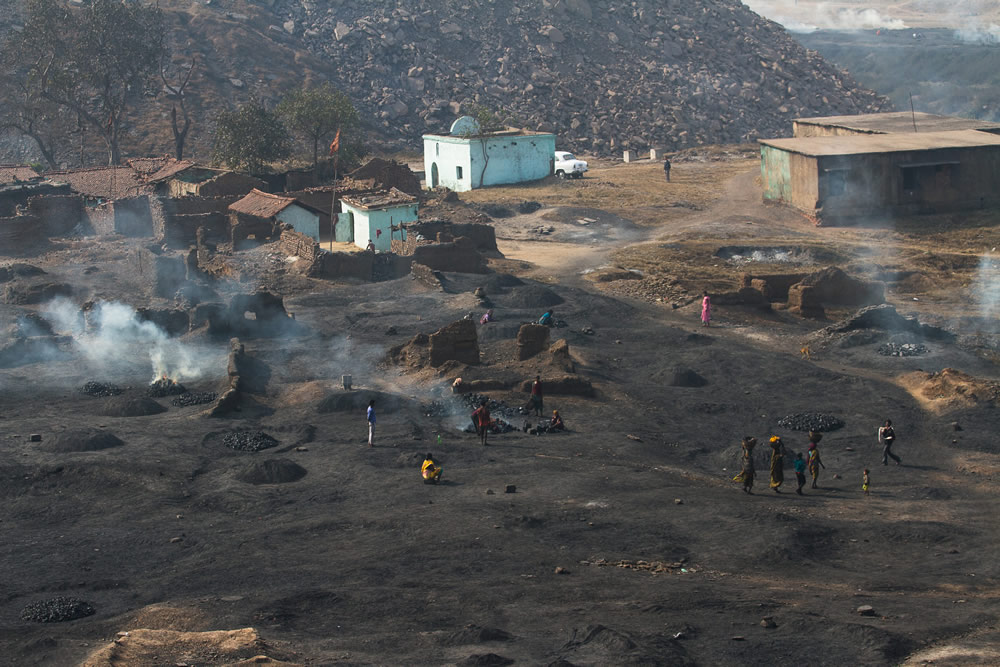
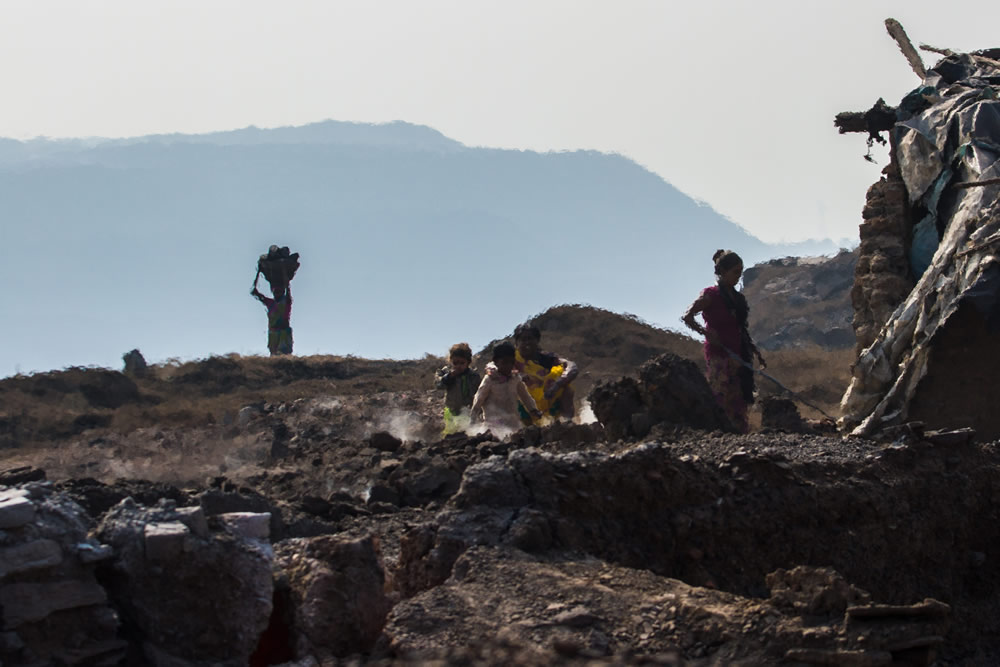

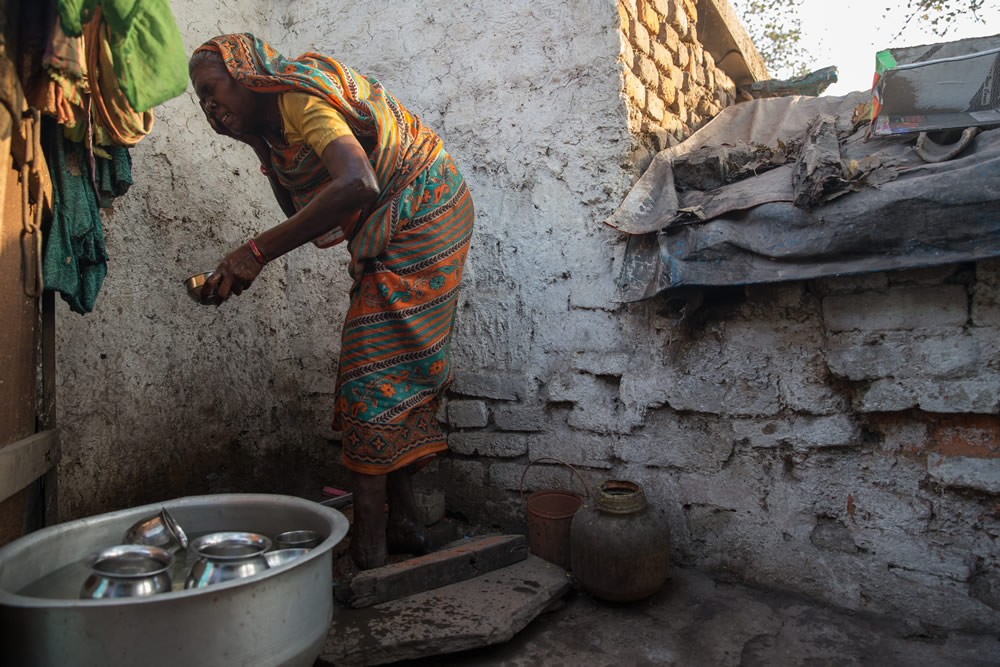
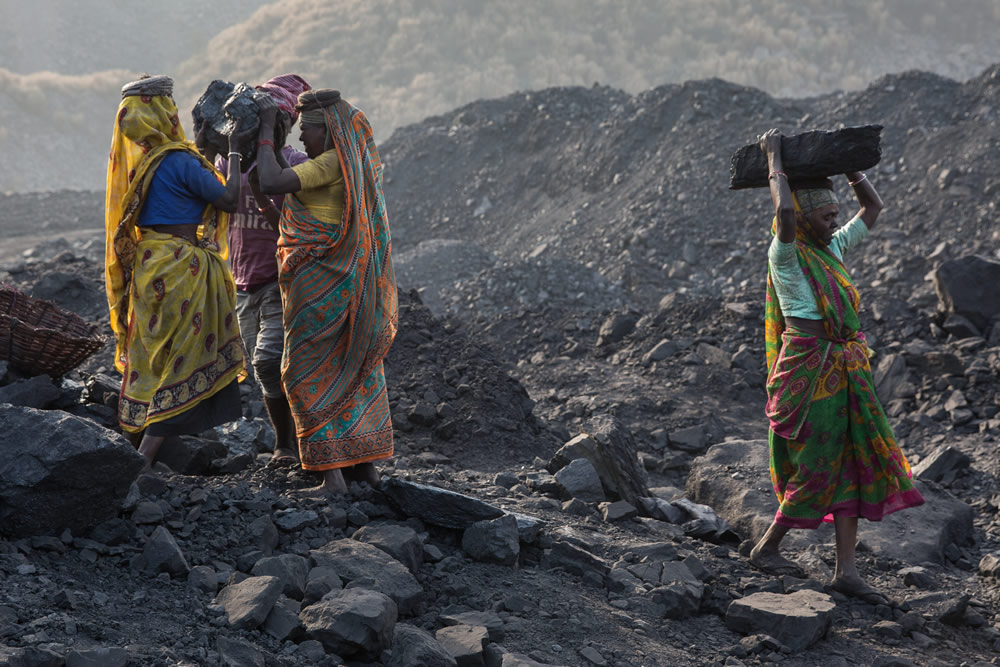
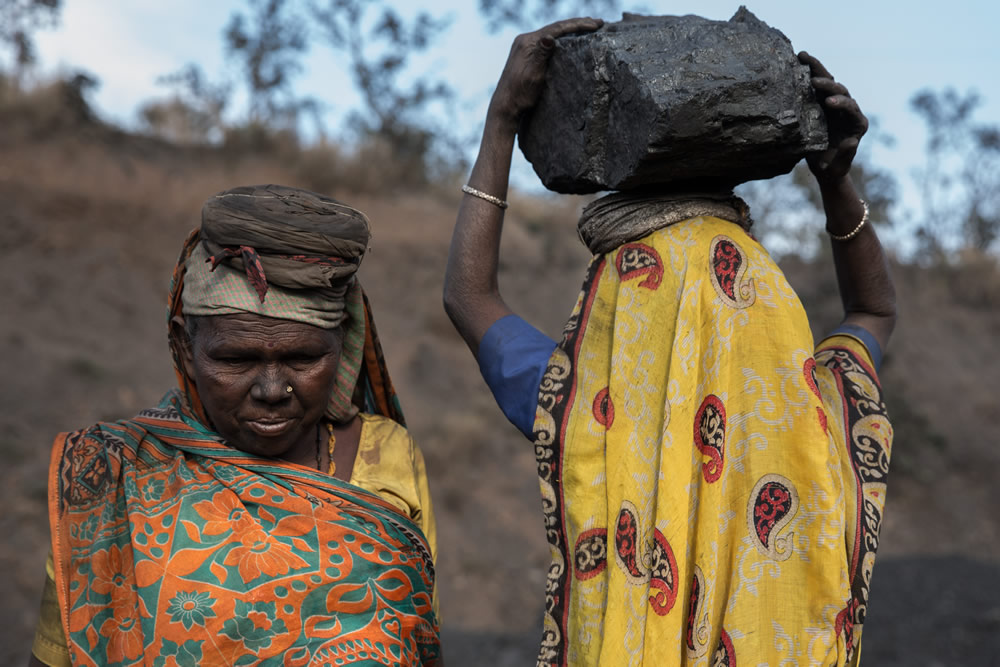

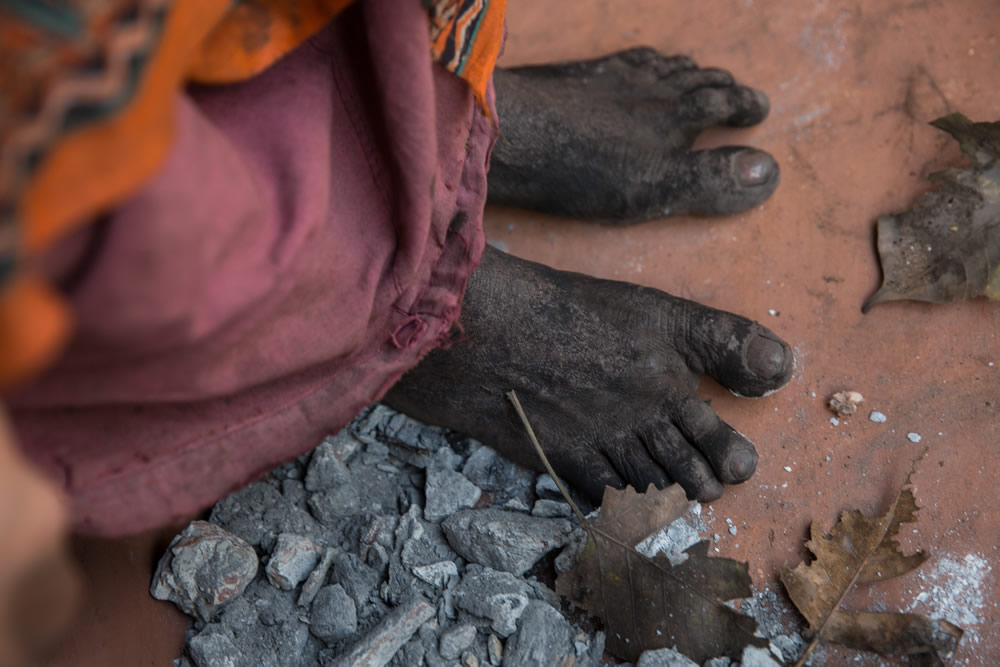
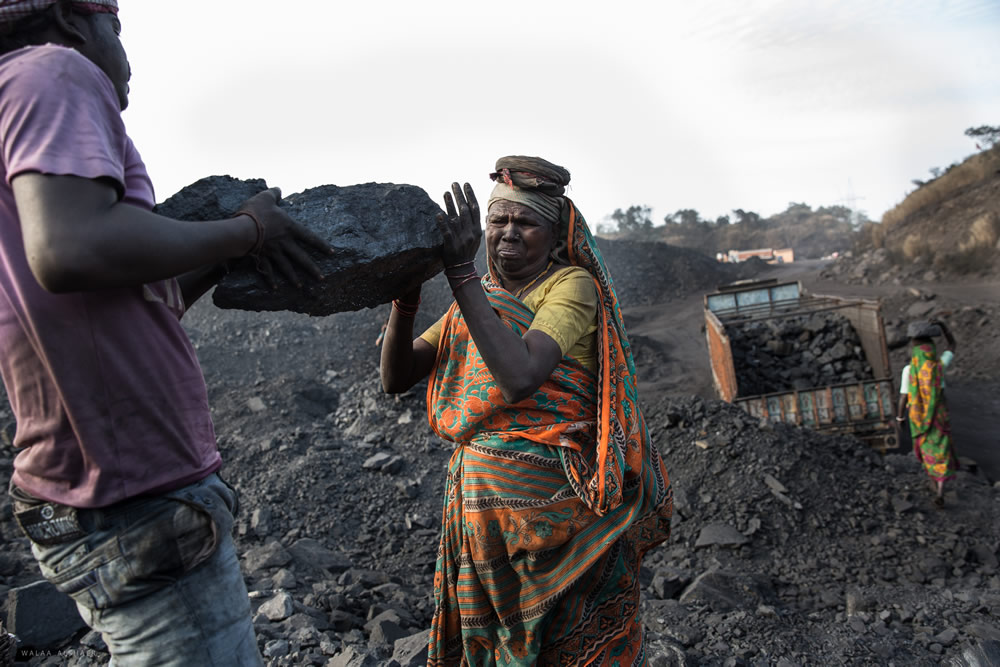
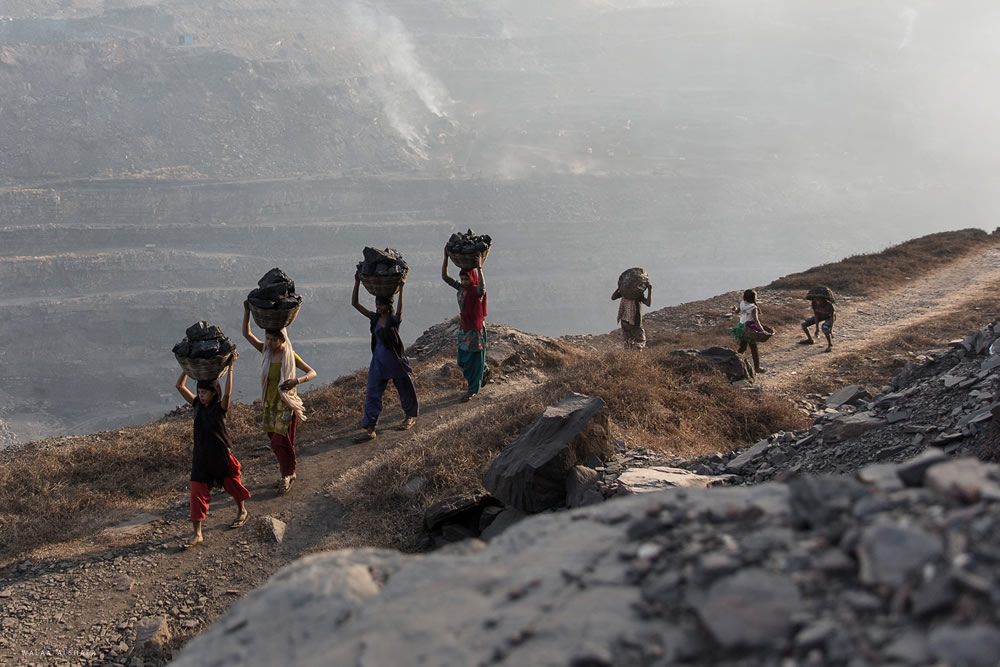


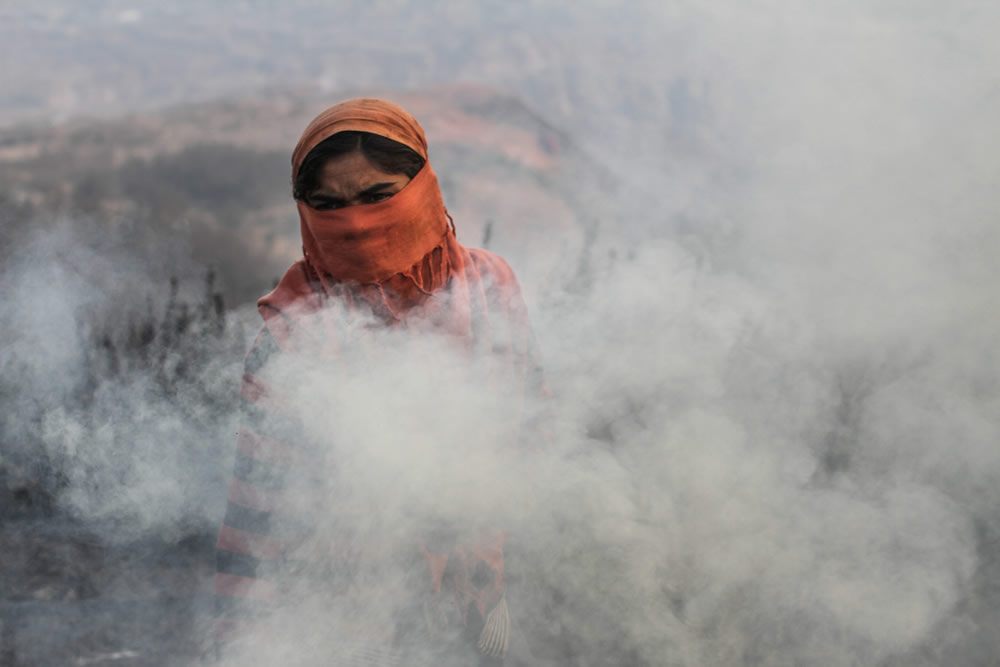
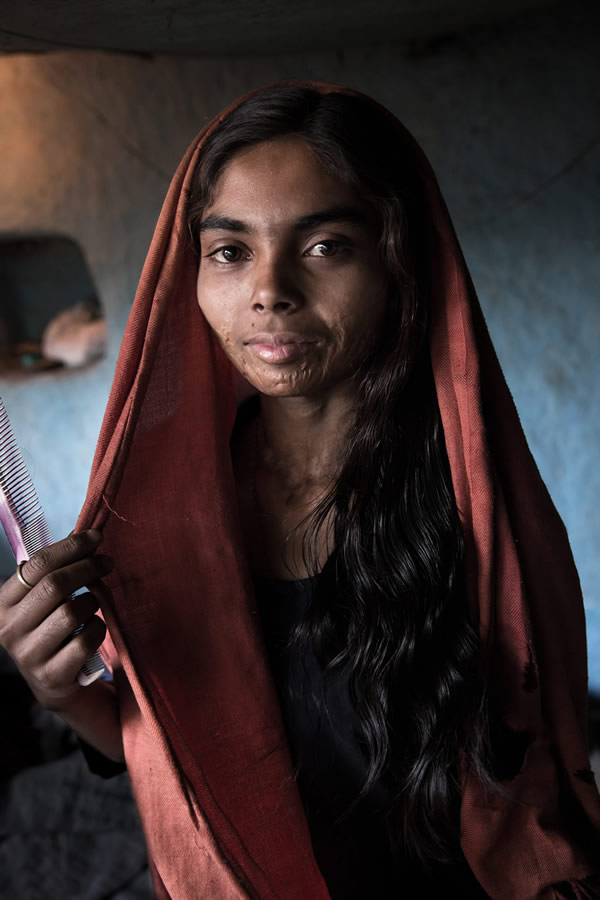
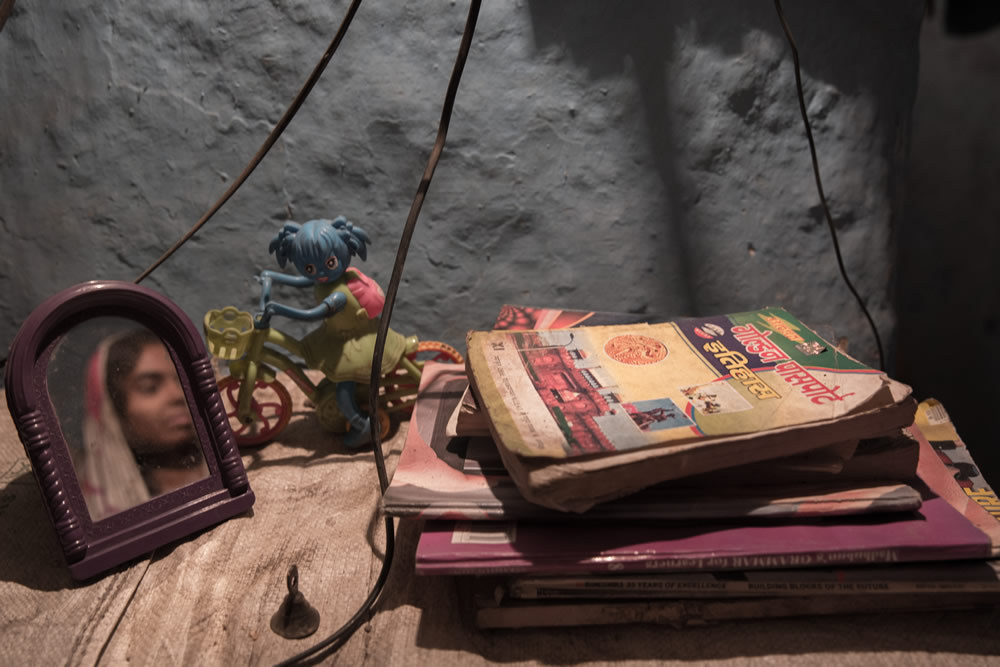
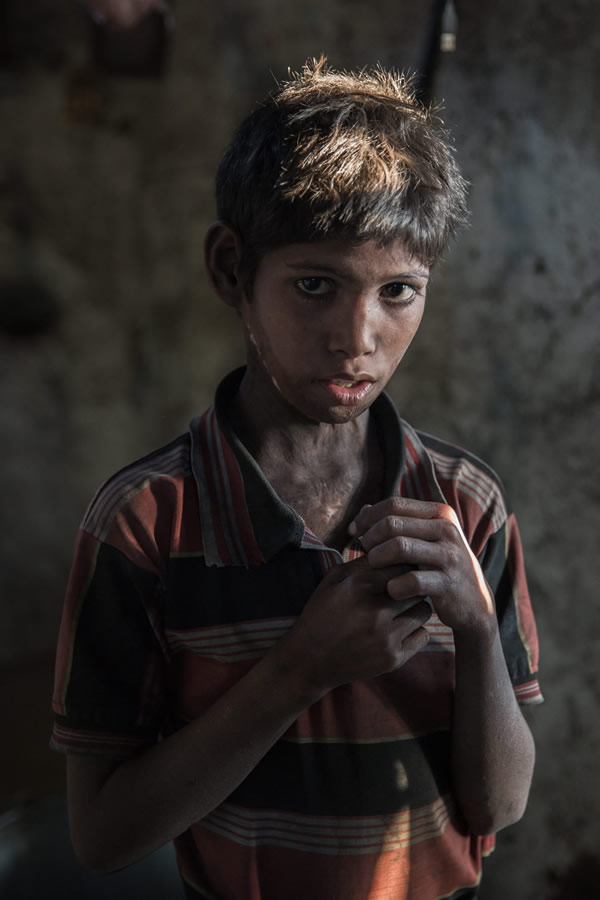
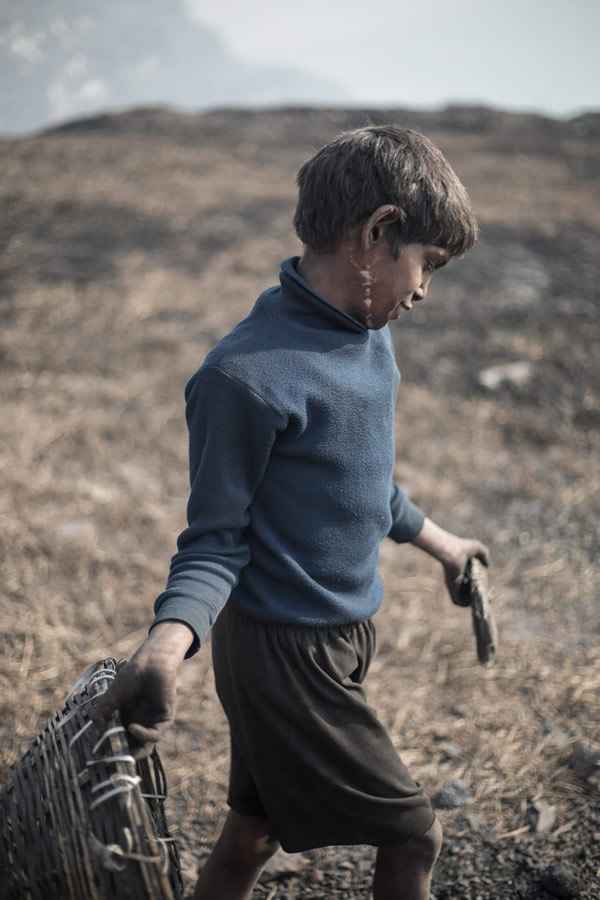
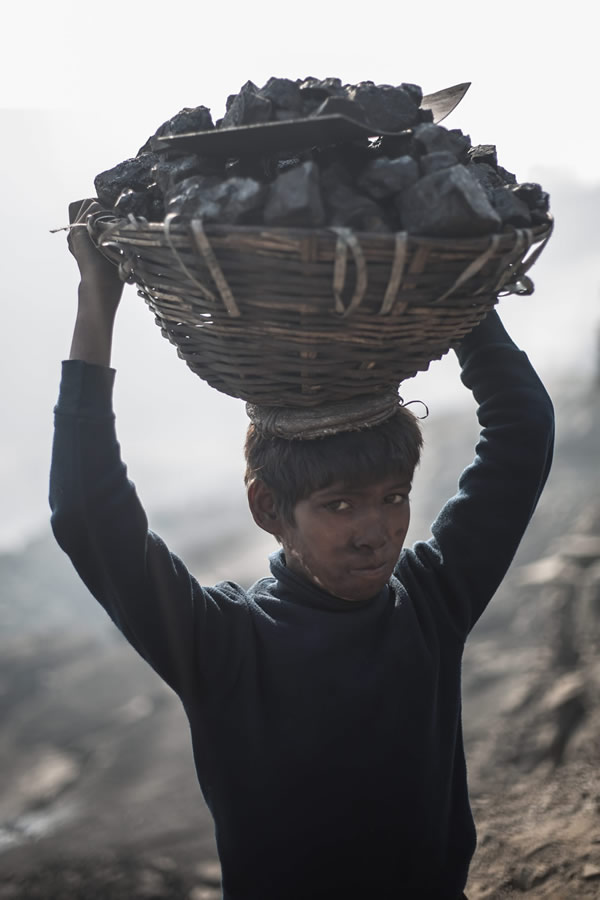

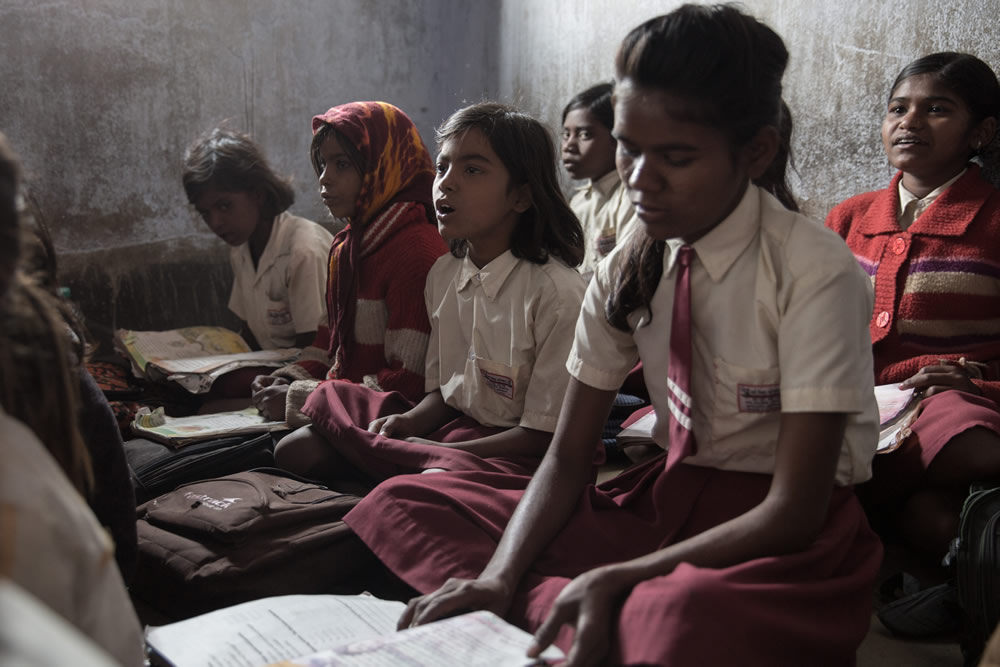




About Walaa Alshaer
My name is Walaa Alshaer, I am an Egyptian photographer from Alexandria city. for long photography was a postponed hobby until something happened that changed my life and made me realize that I need to start right away. and I did. In 2013 I bought my first camera, between trying different kinds of photography my heart finally was set on story telling and documenting people’s lives.
I’ve always believed camera is the eyes of the photographer, and the eyes can translate reality to the viewer through pictures.
In my travels, I’ve come across those people who are voiceless and dying to speak, those who strive to tell their stories. The power of telling a visual story is not just a work of art and something interesting to read, Its about telling the truth and showing the essence of the story and the emotional moment in every picture.Visual story can save lives and document history. I simply look forward to being a part of this history.
You can find Walaa Alshaer on the Web :
Copyrights:
All the pictures in this post are copyrighted Walaa Alshaer. Their reproduction, even in part, is forbidden without the explicit approval of the rightful owners.

